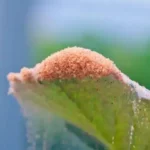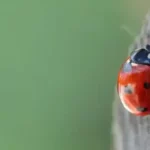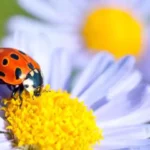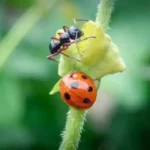After strolling in my garden, soaking up the sunshine, and admiring the flowers, I noticed a ladybug perched gracefully on a leaf. Just a few inches away, a sneaky spider was weaving its intricate web, patiently waiting for its next meal. Well, I admit, I’m not the biggest fan of spiders myself. But looking at these tiny creatures, I wonder, do ladybugs find spiders as scary as I do, or do ladybugs eat spiders and consider them a tasty meal?
Ladybugs are opportunistic eaters primarily centered around soft-bodied creatures such as aphids, thrips, mealybugs, whiteflies, spider mites, and insect eggs. Nectar and fungus can be part of their diet, too. However, they also eat spiders, especially smaller ones.
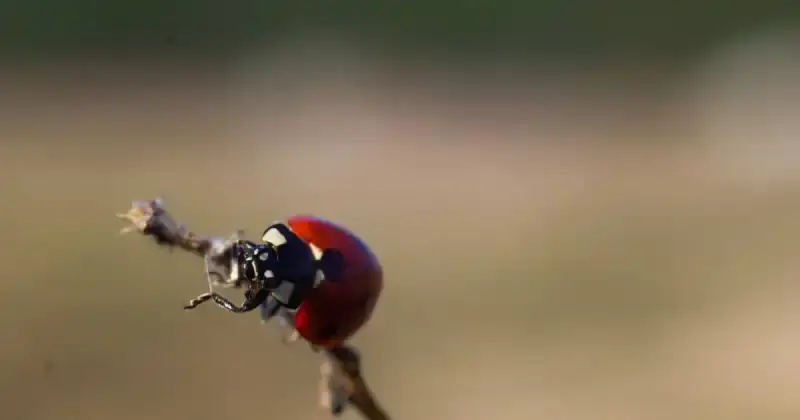
While we usually associate ladybugs with keeping aphids and, to a lesser degree, spider mites in check, it turns out these bespeckled insects are not just focused on one menu item. These little critters have a taste for something unexpected: spiders!
If you’re intrigued by this surprising and somewhat hidden side of our friendly garden companions, let’s take a closer look together. While many natural pest control alternatives exist for home growers, you’ll learn more about ladybugs and their surprising eating habits in this article.
Humble Highlights
- Explore the dietary habits of ladybugs, including their interactions with spiders, so you can determine when to release ladybeetles in your garden for proper hygiene and upkeep.
- Discover how spiders and ladybugs showcase a special predator-prey relationship called intraguild predation so you can keep your garden’s ecosystem healthy and balanced.
- Save time by gaining insights into the functions of ladybugs and spiders within garden ecosystems so you can allow nature to work hard on your behalf as you focus on growing the best possible crops.
Ladybugs As Natural Predators: Do Ladybugs Kill Spiders
While ladybugs and spiders often occupy different ecological niches, there are instances of interaction between the two. Ladybugs and spiders are fascinating creatures with important and distinct jobs in your backyard garden.
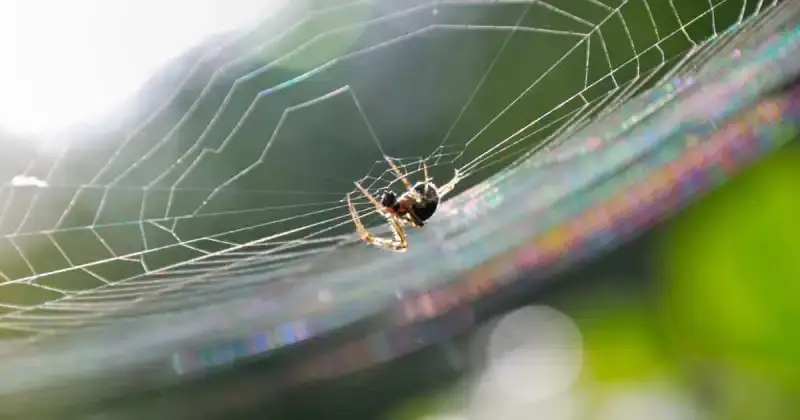
Ladybugs, also called ladybirds or lady beetles, belonging to the Coccinellidae family, are voracious predators that can eat up to 50 aphids per day and are known for helping home gardens. They are opportunistic eaters that hunt other bugs and their eggs and larvae, like spider mites, thrips, and mealybugs. 1
Conversely, spiders belong to the arachnid class and are recognized for their distinctive eight-legged bodies. They build webs to catch and munch on insects like grasshoppers, stink bugs, and squash bugs. They are like nature’s pest control, making them valuable allies to backyard gardeners in preventing infestations that contribute to sustaining the health of your garden’s ecosystem.
At first glance, ladybugs seem focused on consuming tiny insects that harm plants. However, certain circumstances can lead ladybugs to engage in unexpected behavior. Some ladybugs eat spider eggs and even young spiders when their typical food source is scarce. This phenomenon reveals the adaptability of ladybug’s diet and highlights their potential to switch from pollen to including spiders in their menu. 2
What Species Of Spiders Do Ladybugs Eat
Ladybugs play a crucial role in maintaining the balance of garden ecosystems by eating aphids, mealybugs, thrips, and other insects. While they are known for their appetite for these soft-bodied insects, they are also opportunistic feeders, meaning ladybug larvae and adults may eat other suitable prey when encountered. This includes tiny spiders, particularly spiderlings or young spiders if they happen to be in their vicinity.
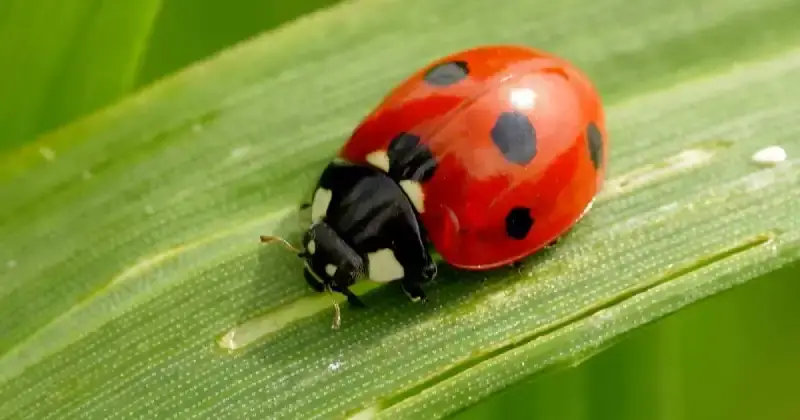
It’s important to note that ladybugs don’t typically specialize in actively hunting down spider species as their primary food source. Instead, their diet is broader and more varied, focusing on the availability of small insects and pests. This adaptable feeding behavior contributes to the garden’s overall health by controlling pest populations without solely relying on spiders as prey. 3
Will Having Ladybugs In Your Garden Get Rid Of Spiders Naturally
While it’s good to attract ladybugs to control and target soft-bodied insects, their impact on reducing spider populations in your garden might be limited. Spiders have diverse diets and are efficient hunters, controlling various insect pests.
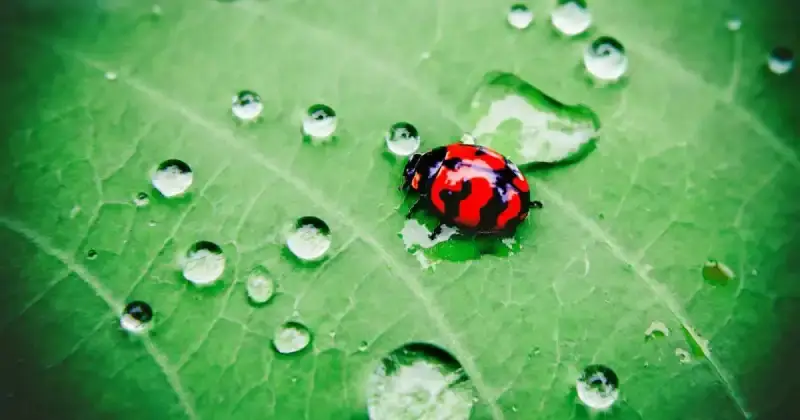
Interestingly, ladybugs and spiders have distinct ecological roles, and while some ladybug species might occasionally consume smaller spiders, ladybugs won’t necessarily get rid of spiders entirely. 4
Using Plants To Assist Ladybugs In Keeping Spiders Away
For gardeners keen to keep spiders at bay without using harmful chemicals, consider introducing plants with fragrances that spiders dislike to your garden. Here are some plant options to explore:
1. Peppermint: Various types of mint, such as peppermint, possess properties that spiders find disagreeable. Due to its invasive nature, it’s advisable to cultivate peppermint in a container to manage its growth effectively.
2. Citrus Trees: The aromatic scent of citrus is not favored by spiders. Opt for dwarf citrus trees that thrive in well-lit areas, even if grown in pots. 5
3. Thyme: Culinary and ornamental thyme variants can play a role in spider deterrence. This hardy and popular herb is well-suited for regions with warm climates and is known for its resilience to drought conditions.
4. Marigolds: Aside from their vibrant and colorful appearance, marigolds repel spiders and deter various other pests. They also draw in beneficial pollinators, enhancing the overall health of your garden.
5. Dill: A valuable addition for spider prevention and attracting beneficial insects. It’s essential to shield dill plants from strong winds to ensure their effectiveness. 6
6. Chives: Chives possess properties that discourage spiders while also being a culinary ingredient. Plant them during cooler seasons, but exercise caution if you have pets, as chives can be toxic.

You can use oils with herb fragrances like peppermint and eucalyptus to effectively repel spiders. Gently spray the oil solution in the identified areas. Ensure not to oversaturate, as you only need a light application to release the fragrance.
Predator Or Prey: Do Spiders Eat Ladybugs
As mentioned earlier, a ladybug would eat spiders when their usual food is hard to find. But in some instances, spiders can also eat ladybugs. This happens when they find ladybugs accidentally trapped in webs while looking for food or moving around plants. When this occurs, the spider sees the ladybug as a possible meal. This kind of situation is an example of what scientists call “intraguild predation,” where two types of predators compete for resources and see each other as potential food sources.
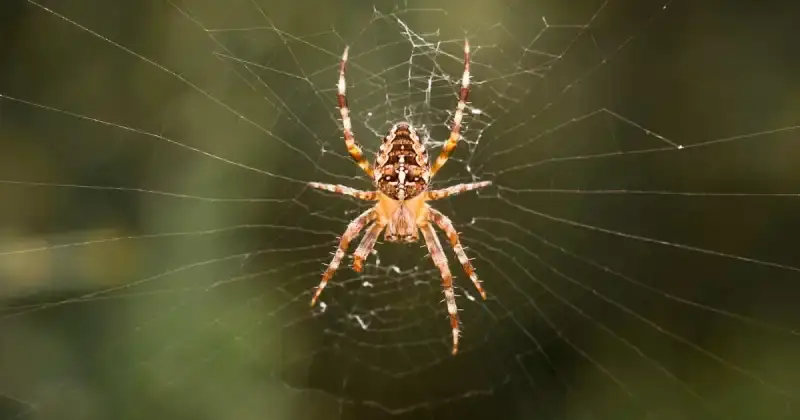
What’s interesting is that ladybugs aren’t always helpless in these situations. Ladybugs emit natural chemicals in their bodies that can taste bad or even be poisonous. These chemicals can make some predators, like certain spiders, decide not to eat them. However, not all spiders are affected by these chemicals. Some spiders have developed ways to deal with or tolerate them, much to the chagrin of the beetle. Also, ladybugs employ a defensive strategy of playing dead when threatened, aiming to repel predators and ensure their safety. 7
A laboratory study involving the European orb-web spider showed that spiders readily consumed both native European ladybirds and the exotic Asian lady beetle. The ladybugs’ chemical defenses did not significantly deter these spiders and showed no apparent ill effects after consuming them. This result indicates that spiders can indeed be predators of ladybugs, particularly in certain circumstances.
Ladybugs can also exhibit a fascinating survival strategy known as aposematism. Aposematism is a biological defense mechanism where an organism advertises its unpalatability or harmfulness to potential predators through distinct visual cues. In the case of ladybugs, their bright colors, often red or orange with black spots, warn predators that they are not suitable prey. The aposematic coloration of ladybugs is a striking illustration of nature’s ingenious adaptations to ensure the survival of specific species.
Check out this short video below, which explains why ladybugs are considered a tremendous asset to any garden, PLUS a few critical tips on releasing these helpful critters among your plants. Remember, to entice ladybirds to remain in your foliage, provide them an ample food source, hydration, shade, and shelter.
Benefits Of Ladybugs And Spiders In The Garden
Ladybugs and spiders play crucial roles as beneficial insects in your garden, often operating unnoticed yet significantly contributing to the overall health of your outdoor green space. Together, ladybugs and spiders act as nature’s guardians, maintaining a delicate balance in your garden and reducing the need for harmful chemicals.
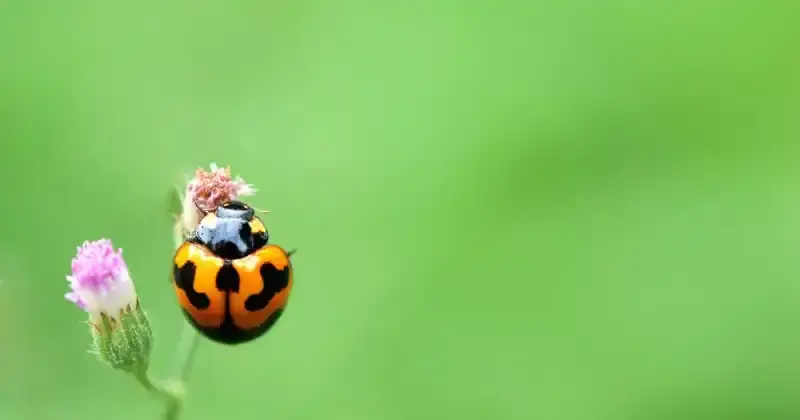
Ladybugs As Allies In Pest Management
Ladybugs are beneficial insects in your garden. They eat pests that can damage plants, like aphids and small bugs, keeping the garden healthy and tidy. Ladybugs act like tiny superheroes that defend plants from harmful bugs. You don’t need to do much to have them in your garden. All you need to do is avoid chemical pesticides that may likely harm them and the insects you genuinely target. Fortunately, not only do ladybeetles help gardens, but they also make your green space look even more beautiful. 8
The Role Of Spiders In Natural Pest Control
Spiders are often misunderstood as pests, but they’re incredibly accommodating. I was also wary of them, but gardening has since changed my view. Not all spiders are harmful; only a few species are, like the Sydney funnel-web spider and Brazilian wandering spiders. Most spiders are harmless and prefer to stay away from us. Take orb weaver spiders, for example. They might look scary, but they are gentle and won’t harm us. 9
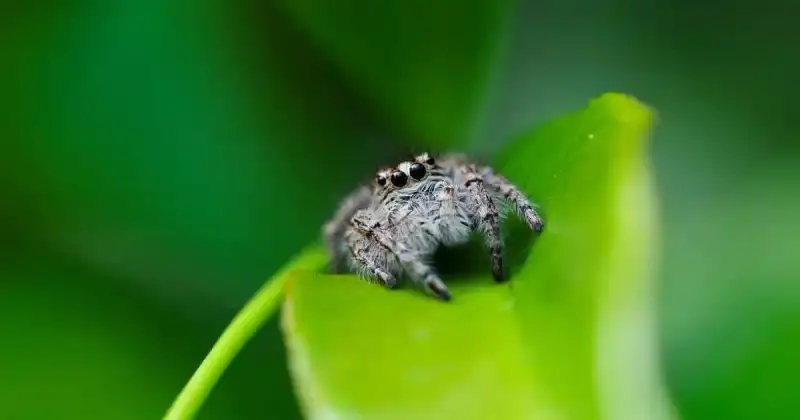
Orb weavers are beneficial garden spiders known for their intricate orb-shaped webs that catch flying insects like flies and mosquitoes. These gentle spiders play a crucial role in natural pest control by hunting and consuming pests, helping to maintain a balanced ecosystem and surrounding environment. 10
Despite their large size and striking appearance, orb weavers are harmless to humans and contribute to a healthier garden environment. They are primarily active at night, constructing their webs in the evening.
Inviting spiders into your garden by providing suitable vegetation and avoiding harmful pesticides can enhance their presence. Spiders are drawn to tall plants such as sunflowers and tomatoes, pole beans, and climbing peas, providing ideal structures to attach their intricate webs.
Conclusion
A ladybug can eat spiders and vice versa. However, both species are beneficial allies in the garden as they both have roles to play to protect plants from various insect threats.
Ladybugs prefer eating pests like aphids and spider mites that could otherwise damage plants and wreak havoc within your garden, while spiders spin their webs to catch pests like grasshoppers and help safeguard your area.
Both spiders and ladybugs are little creatures that work together to keep your garden happy and colorful. So, as you tend to your plants, know that these little heroes are always there, watching over your garden with care.
How do you encourage and welcome spiders and ladybugs into your garden? Take a moment now and drop us a quick line in the comment section below!
SOURCES
- National Library Of Medicine, National Center For Biotechnology Information – Predation Of Ladybird Beetles (Coleoptera: Coccinellidae) By Amphibians
- Frontiers – Predator Efficiency Reconsidered For A Ladybird – Aphid System
- ResearchGate – Food Habits Or Preferences And Protecting Or Encouraging Of Native Ladybugs (Coleoptera: Coccinellidae)
- Worldanimalfoundation.org – The Mysterious 6,000 Shades Of The Ladybug
- National Library Of Medicine, National Center For Biotechnology Information – Natural Compounds As Spider Repellents: Fact Or Myth?
- University Of Kentucky, Department Of Entomology – Eliminating Spiders Around Homes And Buildings
- Colorado State University, Extension – Lady Beetles
- University Of Washington – Ladybugs: Benefits And Drawbacks
- University Of Missouri, Extension – Spiders
- Wikipedia – Orb-Weaver Spider

